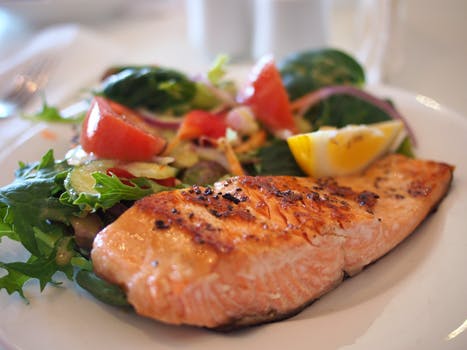Recovery is essential for progress.
Whether you’re a strength athlete moving big weights, a CrossFit enthusiast with a wide variety of workout-demands, or an endurance athlete with big mileage, you need to recover to progress.
With all the options for better recovery, you’re going to need to prioritise. Your schedule isn’t always going to allow you to recover like a pro athlete, but you can make small changes for big results.
We’re going to teach you how to pick the best recovery method(s) for your schedule! Stick with us and step up your recovery game!
Keys to recovery
Before you start using any workout recovery methods, you should start by making sure your foundations are in-check.
Balanced nutrition, hydration, sleep and wearing compression clothing are the things to start when you’re trying to recover from exercise and improve your overall performance. These make up 95% of your recovery, so if they’re out of shape then you’re going to struggle to recover adequately.
These recovery methods are for getting even better – you can make % differences in the way you feel and perform by using them and gain that competitive edge you’ve been looking for!
Stretching & Mobility
5 – 45 minutes
Stretching and mobility are great ways to reduce the stiffness an soreness you experience post-exercise. They’re able to reduce DOMS, stiffness, and other feelings that make you feel rough after a tough workout.
With the rise of CrossFit and other multi-discipline approaches to fitness, this has become a bigger deal for the average gymgoer. You need to develop mobility and keep limber to improve health, technique, and ensure that you’re recovering maximally.
You can use structured programs like RomWOD if you area CrossFit enthusiast, or you can follow a general mobility program that aims to improve whole-body flexibility and joint-health.
This is a great approach no matter what your schedule – you can perform mobility in 5-minute blocks throughout the day or block-off 45 minutes at once. If you don’t have time for mobility, you don’t have time for any other recovery techniques!
Foam rolling
5 – 20 minutes
Foam rolling is a form of self-myofascial release, but also doubles up as a form of massage technique called a myofascial massage that you can easily get. This makes it a great all-rounder, whatever your goals.
This has been a technique of athletes in all sports for decades now, and has become popular in the mainstream of fitness culture. Most gyms have their own foam rollers, but you should definitely buy one and keep it at home.
Foam rollers and lacrosse balls simply require you to lay on them, let them sink deep into the muscle belly, and roll up and down until it hurts less. You can target knots and trigger points with a foam roller, reducing tightness and improving movement-freedom!
Active Recovery
10 – 60 minutes
This is a type of gentle exercise that aims at providing your body with a recovery stimulus/improving blood flow. This works by improving blood flow through the muscles: delivering more nutrients and improving the clearance rate through the muscle.
This could be as simple as a gentle walk/bike ride through the park – or a light swim. The point is to keep it light and enjoyable. This should also serve to de-stress you and improve your mental recovery.
Temperature Therapy
5 – 15 minutes
This is one of the easiest ways to work recovery methods into your everyday life. No matter what your schedule, you have to shower at some point (we hope!).
Hot/cold/contrast therapy is one of the easiest and fastest ways to deal with the “feeling” of recovery. This refers to general stiffness and soreness. Taking a cold shower or a contrast shower are fantastic ways to improve the feeling in your muscles and feel refreshed.
Immersion therapies like ice baths are a little less conventional and probably don’t have much mechanical benefit, but you can try those too if you have the time and can handle the cold! The technology involved with cold baths is, however, improving with the adoption of refrigerants like CO2 in this kind of athletic recovery application. cold baths can actually help to promote blood circulation, stabilize the circulation and regenerate so you can expect to see more development being made in this area, especially with respect to refrigeration methods – you can check out Solaranlagen-Portal.de to learn more about it.
Pro Massage
30 minutes (and some cash)
Getting a sports massage from somewhere like Revive Australia is one of the best ways to feel refreshed and improve your mechanical recovery. It can improve mobility, reduce soreness, and release tight muscles. The problem with professional massage is that it is cost- and time-demanding.
If you’ve got the money, you can get a 30-minute massage for some of the very best results. This is a relatively short amount of time and an experienced massage therapist is able to really unpack your problems and deal with them effectively.
If you can get past the cost, you can undo individual problems and target problem areas in a way that self-recovery methods simply can’t. A great investment in your wellbeing!
Final Thoughts
These are some of the most effective recovery methods available and you can pick and choose at your own leisure. These are all fantastic additions and if you only add one to your diet,you’re going to experience improved results, wellbeing, and performance!





